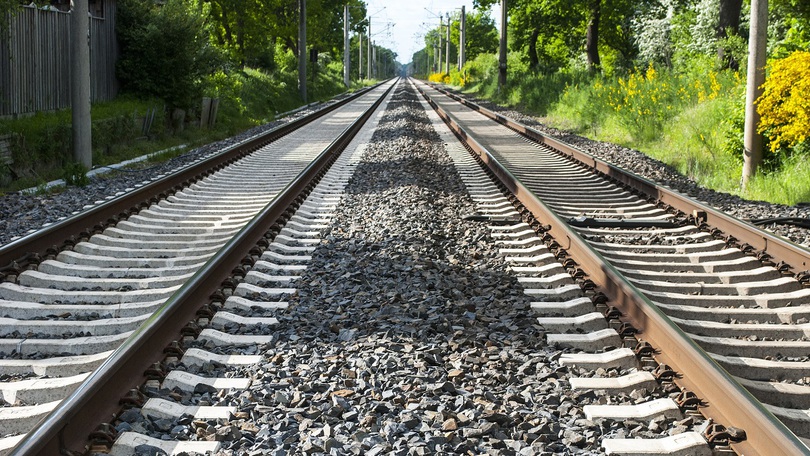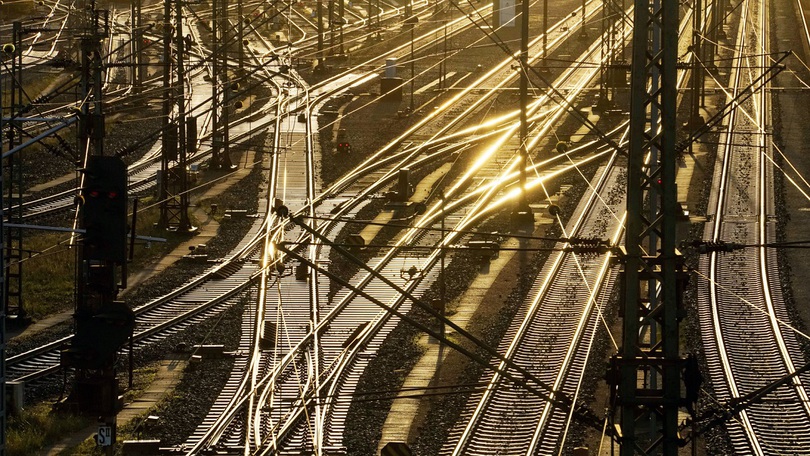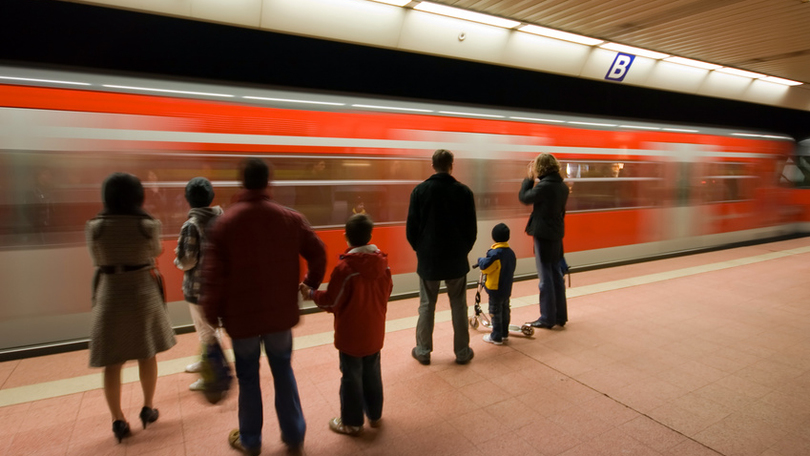
Source: Fotolia / bidaya
The transport modes overcame national borders a long time ago and are operating at any rate in a European dimension. The same holds true for the rail sector. Considering its market shares and future prospects, the conditions of the European transport market are today already far more important than the national framework. Therefore, the European Union has set itself the objective of creating a Single European Railway Area.
Single European Railway Area
Single European Railway Area means that, in principle,
- any European railway undertaking may operate services
- on any rail network
- in any country of the European Union.
This applies to passenger trains in local, long-distance and high-speed services as well as to freight trains. For example, a Thalys high-speed train can travel from France via Belgium to Germany, a regional train from Koblenz to Luxembourg or a freight train from Copenhagen via Germany to Vienna. The foundations for this were laid by four railway packages, which contained legislative proposals to harmonize the European Railway Area.
Moreover, the technical regulations for the railways in Europe were largely harmonized applying the highest safety standards. The European Railway Agency (ERA) which was newly established for this purpose, monitors compliance with as well as the application of these regulations.
The Single European Railway Area offers many advantages to passengers. Today, several European undertakings offer a modern and attractive range of long-distance and high-speed services. This range of services is to be further extended to meet future demands. Within the scope of the TEE 2.0 strategy, which was initiated by the Federal Government during the German EU Council Presidency, further connections are to be established in the sector of commercial cross-border long-distance passenger rail services. This strategy is to better link major European cities also by establishing additional overnight train services. Furthermore, it is intended to introduce a synchronised European timetable, which is to coordinate rail connections beyond national borders.
European rail network for competitive rail freight
On 9 November 2010, Regulation (EU) No 913/2010 concerning a European rail network for competitive freight entered into force. With this Regulation, it was possible to bring the objective of efficient European cross-border rail freight services in line with the interests of the passenger rail sector and national rail freight.
The Regulation defines the essential main routes of the European freight corridors. It obliges infrastructure managers to cooperate more closely than in the past and to offer cross-border continuous trainpaths. What is more, certain decision-making powers were transferred to a “One-Stop Shop” (OSS) for each corridor, especially in order to simplify the procedure of applying for trainpaths.
The freight corridors are to enhance the competitiveness of rail freight and are to be geared towards market demands. Moreover, it is also possible to adapt and expand corridors even beyond the initial definition of the main routes, if market demands so require.
Six of the meanwhile eleven freight corridors pass through Germany. The establishment of the freight transport corridors particularly helped to strengthen links to and from German seaports. These are considerably competing with the seaports of our Western neighbours.
For some corridors, a significant growth in traffic can already be noted. This contributes to continuously evolving the range of available trainpaths together with the customers. Thus, the foundation for a significant increase in the number of freight transport services has been laid.
Berlin Declaration
Within the scope of the German EU Council Presidency, the Berlin Declaration - “Innovative Rail Transport - connecting, sustainable, and digital” was adopted on 21 September 2020. The multilateral Berlin Declaration was signed by 26 Transport Ministers of the European Union as well as Switzerland and Norway. With this, they support the innovative evolution of rail freight with the objective of strengthening Europe as a place to do business and of shifting more traffic to the railway. In this respect, the Berlin Declaration places a key focus on the digital transformation (Digital Automatic Coupling) and the effective revitalization of European rail freight in response to the COVID-19 crisis. This will again set a strong signal for the support of rail freight as an indispensable element not only for Europe as a business location but also as a necessary prerequisite for the successful shifting of goods transport from road to rail.
In June 2016 already, the “Rotterdam Declaration” emphasized the importance of market-oriented initiatives directly emanating from the rail sector even beyond the legal framework and underlined the initiative for the further development of the rail freight corridors with the “Vienna Declaration” in 2018.
European Year of Rail 2021
On 1 January 2021, the European Year of Rail started. It was jointly launched by the Council, the European Parliament and the European Commission under the German EU Council Presidency. With events, campaigns and initiatives, the European Year of Rail 2021 is to make the rail mode a more sustainable, innovative and safe mode of transport. Other objectives of the European Year of Rail are to raise awareness of the cross-border, European dimension of rail transport and to increase the mode’s contribution to strengthening business, industry and society in the EU.
Documents

Source: Fotolia / nokturnal | |

Source: Adobe Stock / nokturnal | Concept TEE 2.0 |

Source: Deutsche Bahn AG | EuroLink Presentation |

Source: Fotolia / Michael S. Schwarzer | Factsheet: Platform on International Rail Passenger Transport (IRP) |

Source: Fotolia / bidaya | First proposal for an Europatakt |

Source: Deutsche Bahn AG | Letter of intent: International high-speed and overnight rail services |